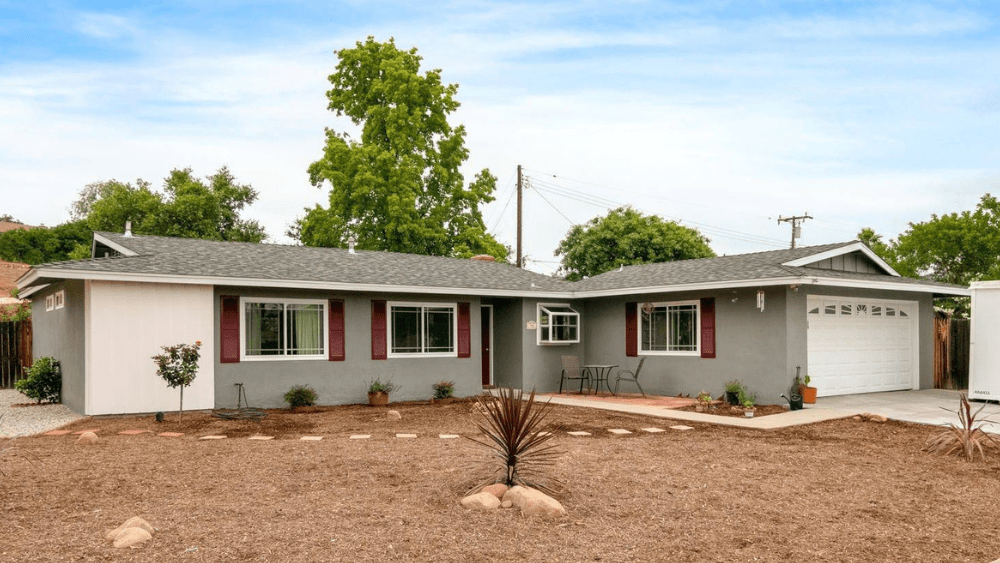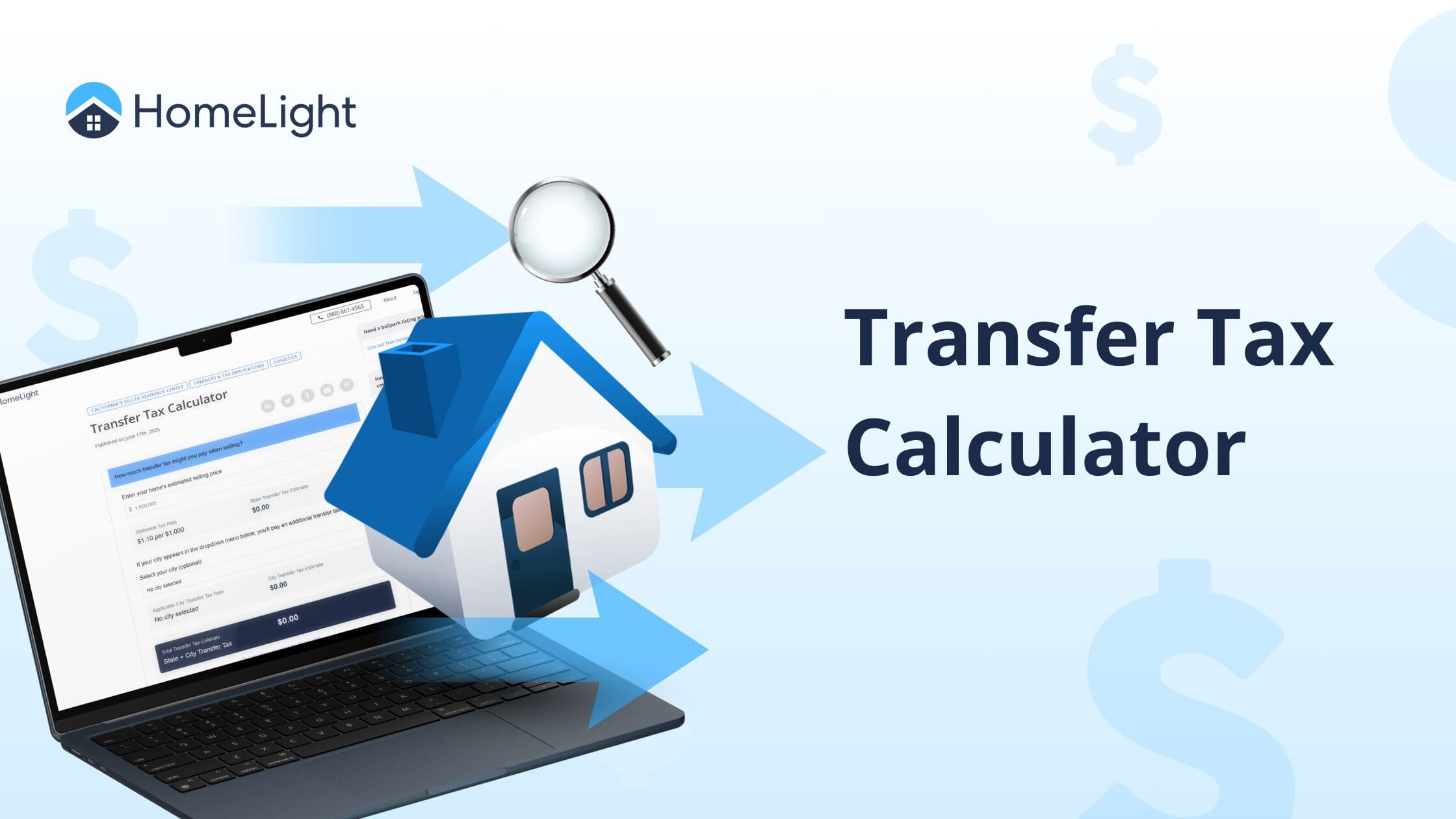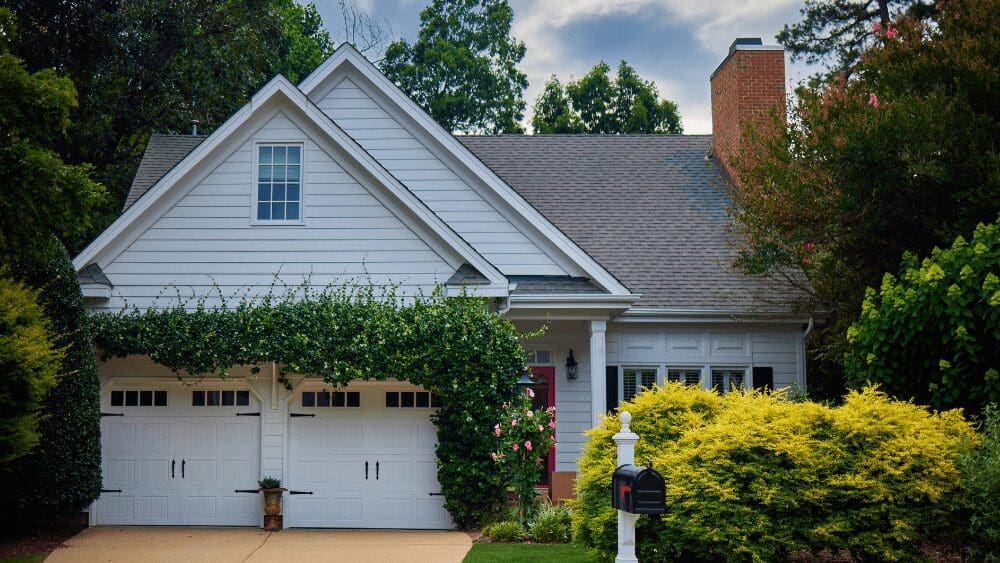
The sales price of your home may appear to offer a good profit margin, but before you start putting those expensive items from your wishlist into your shopping cart, first you must subtract all the closing costs New York homeowners have to pay. Sorry, New York sellers, but you are responsible for quite a few closing costs. On average, New Yorkers deduct 8% to 10% of the final sales price to cover closing costs. New York has one of the highest fees per sales price in the country. Sellers in Missouri, Colorado, Wyoming, and Montana often pay less than 1% of the sales price in closing costs. Even California sellers typically pay just slightly over 1%. To prepare you for what fees you’re obligated to cover, we did the research and spoke to a top New York agent about what to expect to pay for at closing. Closing costs are the fees paid to finalize the real estate transaction. Some of them are negotiable, but certain charges are mandatory, such as taxes and fees for home sales in New York City. There can be additional costs depending on the type of property sold. It’s a good idea to check with your real estate agent, but be prepared because New York sellers are almost always responsible for these. No matter what state you live in, if you sell your house before paying off the mortgage, you’ll have to pay it off at closing. You’re also responsible for paying off any home equity loans you may have taken out against your mortgage. According to the most recent numbers, in 2021 the average homeownership duration rose to 10.5 years. This is due in part to the pandemic, during which people spent more time at home and many discovered renewed appreciation for their home and their financial investment in it. While U.S. Census Bureau stats indicate that 37% of Americans have lived in their homes for more than 10 years, the average length of home ownership in New York City is 9.8 years. In much of New York state, the average is 15 years, but it’s longer in select cities, like Buffalo, where the average is 16 years. Considering that most mortgages last 30 years, but the average tenancy is around 10, that leaves most sellers with a substantial amount to pay off at closing. Property taxes can fluctuate with location and home value. To determine your home’s property taxes, New York state calculates by multiplying the taxable value with the tax rate by first estimating the property’s value, and then multiplying that by the level of assessment. How much you must pay in property tax at closing depends in part on when you sell your home and in part on where you live. Most parts of New York collect property taxes in arrears or concurrently, like New York City. That is, New York City’s fiscal year begins in July, with property taxes due quarterly, on July 1, October 1, January 1 and April 1. But don’t worry: the amount you owe at closing is prorated on a daily basis, according to Tiffany Hilbert, a top Rochester agent who works with over 69% more single-family homes than the average Rochester agent. So you’ll only pay for the days you actually lived in the home. “They break it down at a very granular level.” Hilbert says taxes in New York State are higher than average compared to the rest of the country, but there’s some relief available with the potential to deduct up to $10,000 of your property taxes — as per the Internal Revenue Service — if you qualify. As a seller, it’s always important to consult with a tax professional to see what deductions and potential exemptions might be available to you. The following are a few examples that may be available to New Yorkers. 1. Senior Citizens Homeowners’ ExemptionLocal governments and school districts in New York State can grant a reduction on the amount of property taxes paid by qualifying senior citizens by reducing the taxable assessment of the senior’s home by up to 50% under the “sliding scale option” based on income limitations. 2. Star exemptionThe STAR exemption is a sort of credit for school tax relief. Hilbert calls it a tax rebate and explains that homeowners must apply for it by March every year. She also notes that the “true taxes” of a property must be shown on the listing, prior to this potential exemption. 3. Miscellaneous exemptionsThere are exemptions for veterans, people with disabilities, agricultural properties, and more. The buyer’s lender will usually calculate who owes what at closing, saving sellers from a math headache. To prove you’ve paid off the mortgage balance, you’ll receive a deed of reconveyance, which must be recorded in the county in which the property is located. Although the title insurance company will often take care of recording this deed of reconveyance, the seller pays the applicable fee. The fees involved are calculated to cover the charges for recording the mortgage and deed. While these costs vary, they’re typically between $50 and $65. You can always check with your real estate agent or the local office that handles deed transfers to find out how much their administrative fees are. The county recorder files the deed of reconveyance in the county’s records. As of March 2020, conveyance recording fees in New York State are only $10, but there may be additional fees that can be imposed by certain counties. In general, the buyer pays to record the deed and mortgage. Real estate transfer taxes are a one-time fee imposed as a percentage of the property value. They generate revenue for the state, county, or city. Also known as a deed transfer tax, stamp tax, conveyance tax, or a documentary transfer tax, they are one of the priciest and least popular of all taxes associated with home sales. “It is not negotiable,” Hilbert emphasizes. New York State levies a real estate transfer tax on conveyances of real property at a rate of two dollars for each $500. So, for example, using the median sale price of $385,000 for a home in New York, the state transfer tax would amount to $1,540. There are exceptions for transferring property into a trust, divorce, and inheritance. Adding insult to injury, the Internal Revenue Service does not allow deductions of transfer taxes for the sale of a personal home. In addition to state transfer taxes, some areas impose additional taxes. For example, since 2019, conveyances in New York City have been subject to an additional tax of $1.25 for each $500 or fraction thereof when the entire conveyance of residential property is worth $3 million or more. As Hilbert says, “New York City is a completely different animal.” Residential properties that sell for less than $500,000 receive a 1% tax rate, while homes that sell for more than $500,000 pay a rate of 1.425% to the city. That means, for example, a home at the median residential sales price of $745,000 in New York City would be taxed $10,616.25. The average real estate agent commission in New York is 6%, just slightly more than the national average of 5.8%. Although the fee is generally split evenly between the buyer’s and the seller’s agents, it’s the seller who usually pays for it. That means that for the sale of a $385,000 home in New York, the average commission cost would amount to $23,100, to be split between buyer’s and seller’s agents. Since there is no commission rate set by the State of New York, a seller can negotiate the fee with the agent. To find commission information specific to your area, enter your city into HomeLight’s commission calculator. Escrow is the period between accepting an offer and closing when the buyer’s earnest money enters into an escrow account held by an impartial, third-party escrow company until the deal is done. Escrow officially ends at closing when all funds have been disbursed and all documents have been completed. The seller and buyer usually split escrow fees. The national average escrow fee is about 1%. A title search ensures that the property has no liens, judgments or other claims from outside parties (or “encumbrances”) on it that would prohibit a sale. Most states require a title search to legally purchase a property. Title companies typically charge between $150 and $500 to conduct a title search. Most lenders require them. Since the mortgage lender requires it, in many states, the buyer pays. In New York State, however, Hilbert says sellers typically pay for this abstract of title search. New York Judiciary Law § 484 requires a licensed attorney to prepare the contract and to represent you at closing. In addition to preparing the sale contract, an attorney will review the title, create the documents necessary for closing, and provide a good faith estimate of fees owed. Some attorneys offer a fixed rate while others charge by the hour. In New York, the typical range is $1,500 to $3,000. Both buyer and seller will pay for their respective attorneys. Hilbert says three attorneys will attend closing: the buyer’s, the seller’s, and the bank’s. She views real estate attorneys as a “safety net,” alleviating real estate agents of closing duties and responsibilities. Some closing costs may be negotiable. In a buyer’s market, the seller may take on some additional closing costs to assist the sale. In a seller’s market, a determined buyer may shoulder some additional costs. Concessions are incentives that a seller offers to a buyer to sweeten the deal. Between July 2019 and June 2020, 46% of sellers offered incentives to buyers, according to the National Association of Realtors. Each type of loan — conventional, FHA, VA, and USDA — is limited on seller-paid closing costs. For example, conventional loans limit concessions on a personal residence to: Concessions often arise after a home inspection. A seller may offer a repair credit for issues discovered during the inspection, such as: A buyer may request closing cost credit from the seller for things like: Sometimes a buyer will ask for concessions of personal property, or non-realty items of value, such as furniture, appliances, and draperies. Unusual requests include: Hilbert says, “There are more concessions in a buyer’s market. If there are competing offers, it’s hard [for a buyer] to get concessions.” Throughout New York State, 3,658,000 residents live in communities represented by 1,400 HOAs – one of the highest numbers in the country. That translates to about 18.8% of the state’s population living in an HOA community, with 1.4 million homes part of an HOA in New York State. In New York State, Hilbert explains, an HOA signals a condo or townhouse, not a single-family home. In upstate New York, where she works, single-family homes rule. But condos are prevalent in New York City, with 16,200 units added in 682 buildings just since 2013. For condos, townhouses, and co-ops priced between $1 million and $1.999 million, the mansion tax adds 1% tax. It rises incrementally to 3.9% on homes priced at $25 million or higher. While it is typically paid by the buyer, Hilbert insists that it’s very negotiable. In New York City, some condos and co-ops impose a flip tax of 1% to 2% of the purchase price (even up to 5%). Some buildings charge 10% of the seller’s profit. Basically a transfer tax, it is in reality a fee to help support building reserves and capital improvements. Responsibility for paying it depends on the building, but it’s another negotiable item that the seller may wind up paying. Once you deduct fees, taxes, mortgage payoff, agent commissions, attorneys’ fees, and all the rest of it, the net proceeds indicate your profit from the sale of your home. Agents use a seller’s net sheet to estimate how much you’ll make from selling your home. The sheet lists title fees, transfer taxes, and other seller’s fees, which are subtracted from the final sale price to estimate your projected balance from the sale. The easiest way to do the math is to input your home details into our Net Proceeds Calculator to estimate what you’ll walk away with after closing. The calculator dives even deeper by allowing you to deduct the costs of home improvements, staging, concessions, and any other expenses you incurred in preparing your home for sale. At the end of closing, you’ll receive a settlement statement: an itemized list of the charges and credits and ultimately indicating the net profit from your home sale. Kind of like a receipt, it details line-by-line each cost, fee, commission, and tax paid by the seller, as well as what the buyer owes. Often referred to as a closing statement, “settlement statement” is the formal term most real estate agents use. It offers the interested parties one final check for accuracy before concluding the closing process and handing over the keys. A 2021 HomeLight study discovered that it costs an average of $31,000 to sell a home. As of Q1 2021, only 2.6% of all mortgage properties have negative equity. Hopefully, the numbers in your final column are in the black.New York sellers cover these closing costs
Mortgage payoff
Property taxes
Loan reconveyance fee
Reconveyance recording fee
Real estate transfer tax
Local real estate transfer tax
Real estate agent commission
Escrow fee
Title search
Attorney fees
Sellers may also cover these closing costs
Concessions
When a seller grants a concession on closing costs, it’s known as a seller contribution.
HOA and condominium dues
The mansion tax
Flip taxes
Estimate your net proceeds after closing costs
You’ll receive a final tally of all closing costs



